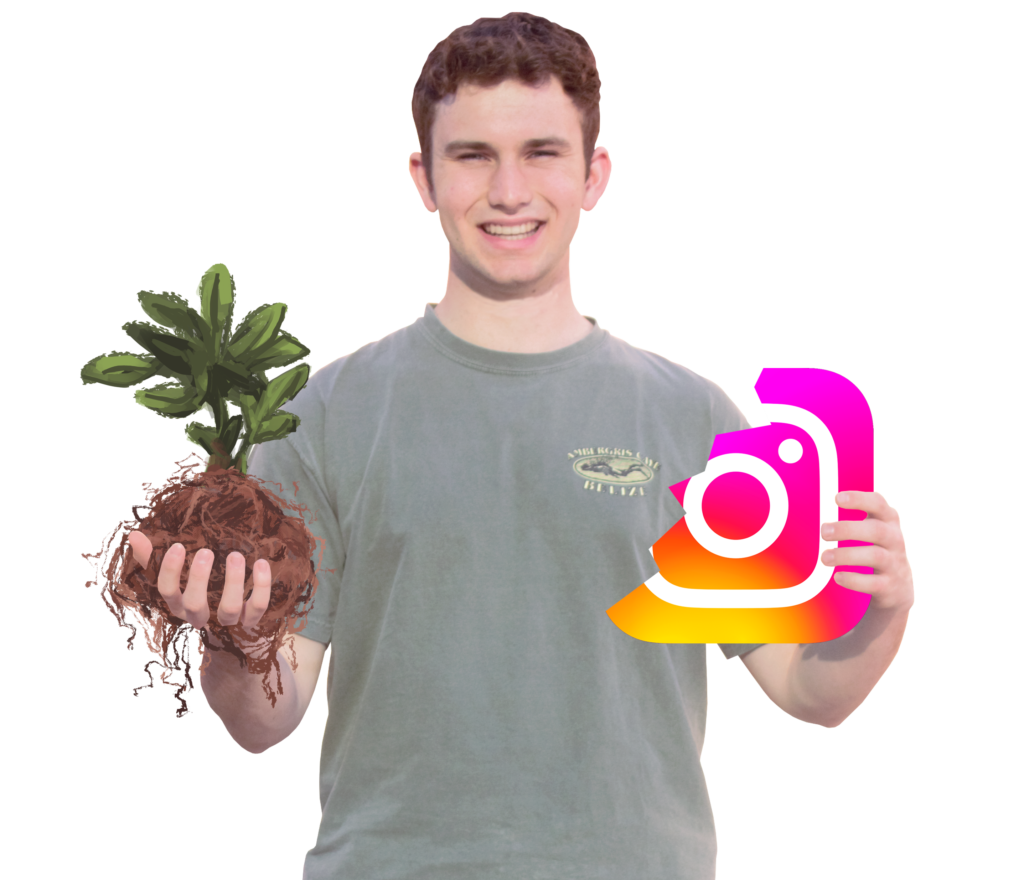
By Noah Shifter,
Co-Editor-in-Chief
My sophomore year, the world was shut down as COVID-19 restrictions continued to smother any attempts at meaningful social interaction in-person, and my weekly Apple Screen Time reports—those damning notifications that pop up every Sunday—declared me guilty of increasingly outrageous phone usage hours: eight, nine and up to 10 hours some days. I found myself spending increasing amounts of time on Instagram as I tried to connect with my friends and on YouTube trying to fill the void of all my time. I’m not proud of this, but there was definitely at least one 11 hour day that year. Though the organized body of research surprisingly lacks a recommended hour limit, we all know somewhere deep down that limiting our own screen time is good for us.
Although my increasing time spent and reliance on my phone as a type of numbing comfort was ominous to say the least, I was genuinely terrified when I found myself sitting down and opening Instagram and YouTube automatically. This is an experience I’m sure many of us have had. I did it compulsively without consciously choosing to, and that woke me up to the possibility that I was abusing my phone much like a drug. The idea of compromising my will to some object in my hand was disgusting, and I started thinking of ways that I could change. Around this time, I was reading “Fahrenheit 451” by Ray Bradbury in Mr. Smith’s Honors English 2 class. Without spoiling the plot—since it is a novel I sincerely recommend you read—I can still say that it energized me to start taking control of my technology-abusing habits and focus on living my life in a way that wasn’t an infinite cycle of consumption. I found myself identifying with a character’s conclusion that “we are living in a time when flowers are trying to live on flowers, instead of growing on good rain and black loam.” I spent a long time during quarantine trying to fill my life with flowers, pleasant yet meaningless diversions, like the Instagram explore page and my YouTube home page. After two or three hours, I would look up at the time and find that I had wasted another afternoon and felt even worse about myself in the process.
I decided it was time to get back to some good dirt. For me, this took the form of a complete social media cleanse and a concerted effort to spend more of my day outside my house. I started exercising seriously, doing pushups and going on runs, and I started to read for pleasure again—something I hadn’t done since elementary school.
The effect was dramatic. Once I focused on living a real life and went back to the things I knew were good—nature, exercise and reading—a lot changed for me very quickly. I began to cherish every moment of sunlight and every breath, and my relationship with myself began to become deeper and more healthy as I finally leaned into understanding and supplying what I really wanted. Once I supplied myself with a good chunk of dirt and plenty of water, what looked like a dead plant sprouted anew and I saw significant personal growth through my sophomore and junior year.
This week, my daily average screen time on my phone is a much healthier “1h 50m.” I’ve had time to do all my work, exercise often, read every night, and sleep between seven and eight hours. All of this, combined with ditching the toxic cycles that social media enticed me into, has given me a baseline attitude of peace and better moods each day—not to mention the added productivity. I feel much more alive now than I did the last two years because I chose to press pause on the social media that I saw was harming me. For me, it was worth pressing pause on social media to press play on life. Is it worth it for you?
